Watch on YouTube – Macro Water Drop Photography with Pluto Trigger
With xenon flash coming to the Adaptalux Studio System and prototype arms ready to play with, it’s time for something we have been wanting to try for a long time, macro water drop photography with Pluto Trigger. With flash lighting and an advanced trigger system like the Pluto, you can achieve amazing shots of water (or milk) droplets colliding in mid-air!
Before we get started, if you didn’t see the Flash Lighting Arm announcement, check it out here!
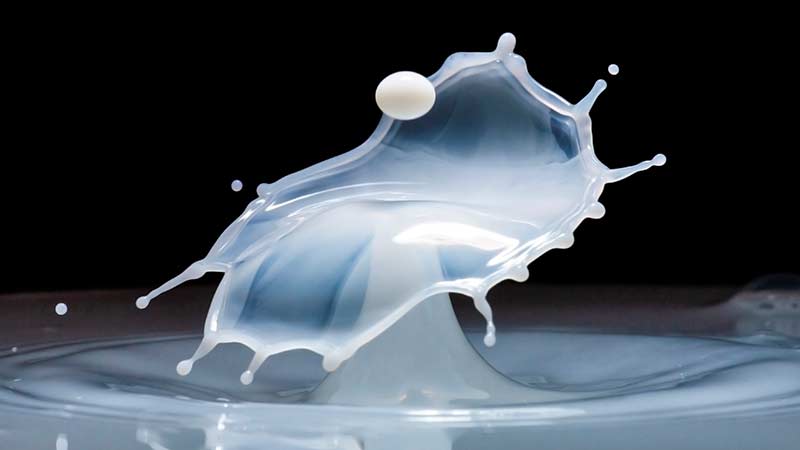
How to create macro water drop photography!
Firstly, it is possible to get simple water drops without using an advanced trigger like Pluto. It just takes more time as you have to use trial and error combined with patience to capture the water drops splashing back out. You won’t get it to collide while timing it all manually though, don’t waste your time trying!
Use a pipette or hang a sandwich bag full of water above a bowl and prick it with a pin to get a steady flow of drops to try and capture.
Either way, make sure the bowl that the drops land in is nice and full, so you can reduce the visible edges in the photo.
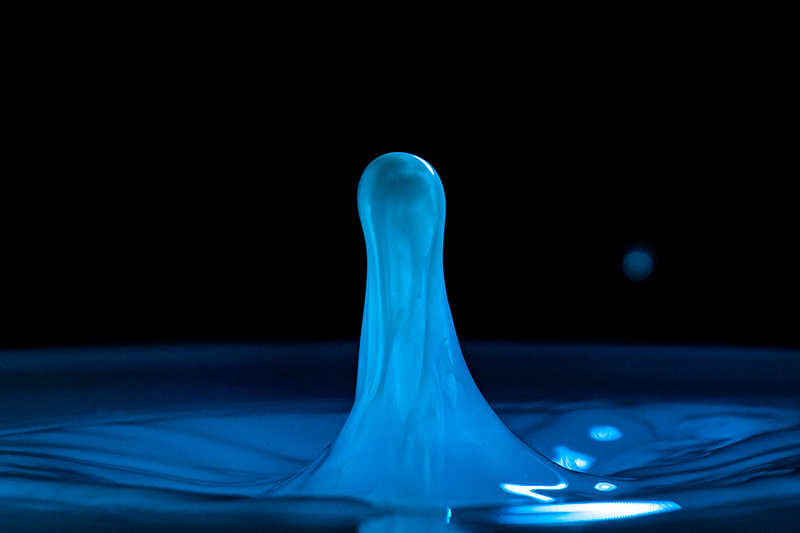
Using the Pluto Trigger
The key ingredient to capturing colliding water droplets is the Pluto trigger and the flash. The objective is to freeze the motion of the liquid at the precise moment that two drops collide.
The Pluto Trigger and Pluto Valve work together with the Bluetooth app to time the release of the water (or milk) droplets so that they collide perfectly. Some fine-tuning is required depending on the height and liquid used. If you have enough patience, you should be able to get the droplets colliding every time!
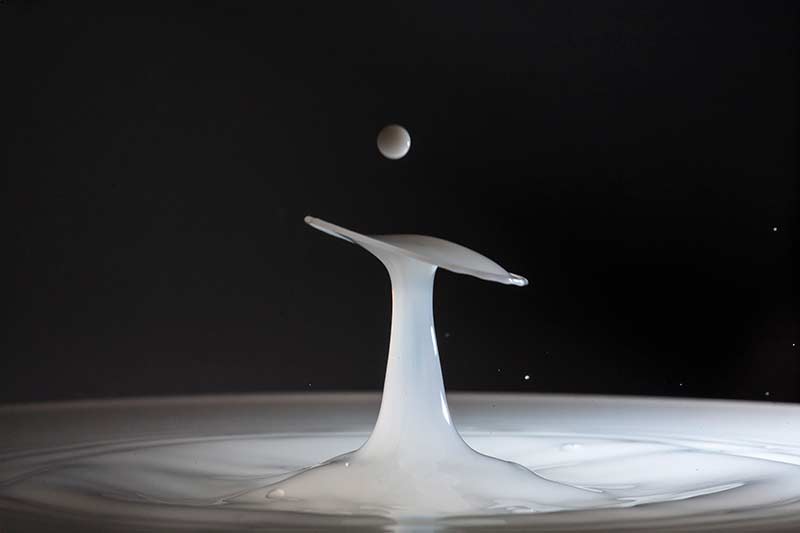
Once the droplets are timed correctly, the Pluto Trigger sends a signal to the camera. The camera with the IR emitter attached to the hot-shoe triggers the flash. All of this happens in a split second after pressing the button on your phone.
Make sure to focus your camera on the spot the drops are landing in. Use a pen or other long utensil to mark the spot in your bowl of water while you set the focus.

Using the Flash
Lighting is the next challenge. The Adaptalux Flash Lighting Arms have the same flexibility as our normal arms, so getting in close is easy. Moving your lighting around where your water is colliding creates vastly different effects. We were even shooting light downwards into the bowl, so it reflects up from below.
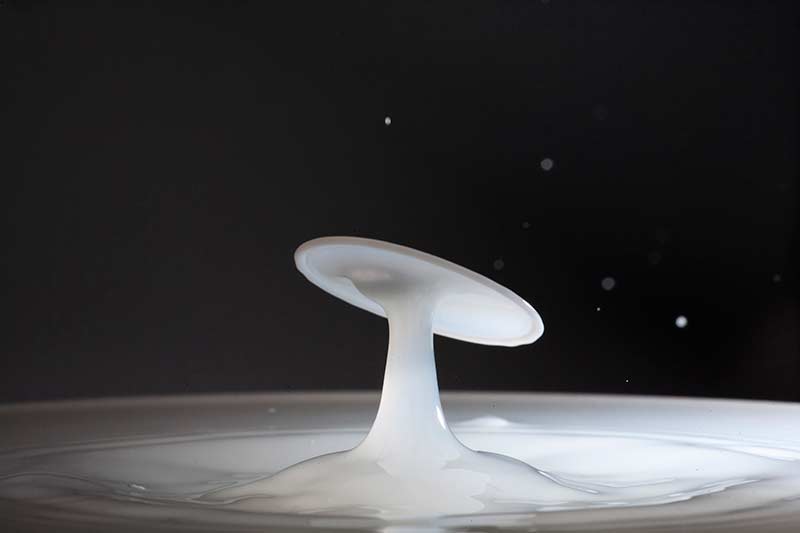
It’s important to set your flash to its fastest speed. This makes sure the motion of the liquid is as sharp as possible. A longer flash duration means you will get more motion blur in your image.
With the new Flash Lighting Arms, this can be easily set for each arm – using bluetooth or manual control.
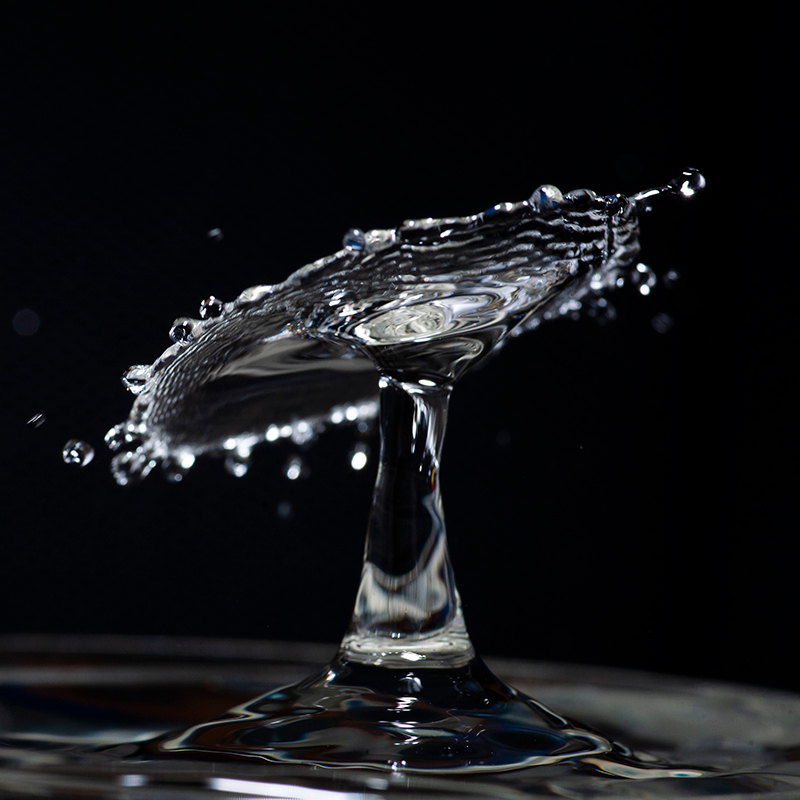
Flash Lighting Arms now available.
The Flash Lighting Arm Kickstarter campaign was a huge success. We have now made the flash available for purchase on our website. Click below to get some flexible flash lighting for your own macro photography.
Colour and Liquids
There are lots of ways to add colour to your images. You can add food colouring to the mixtures in the reservoir or the basin. You can also use coloured backdrops or coloured light against white. For this shoot, we chose to use a gel over the flash, to light the milk in a nice shade of blue.

Using mIlk instead of water really helps to achieve nice splashes. Milk is slightly more viscous than water, so it holds together for a fraction longer than water. The fact it is white also lends its self to a nice contrast with a black background.
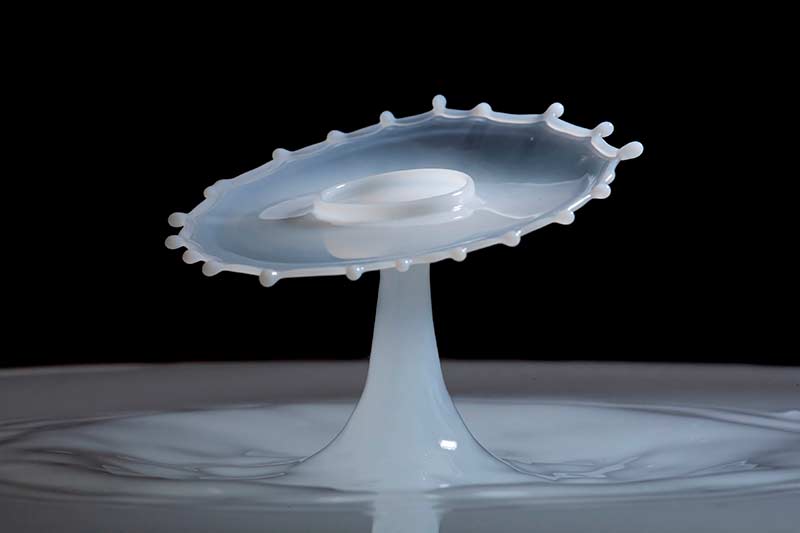
This is not the last time we will be playing with macro water drop photography. We had a lot of fun creating the images you see here, and it’s very addictive! There are a lot of options and creative choices to explore, so don’t forget to subscribe to our YouTube channel for more!
- Cool paper photography tricks that you should try at home - 14th April 2024
- Egg Macro Photography – Easter Egg Lightpainting - 30th March 2024
- Using Tonic Water to create amazing UV flower photography! - 16th March 2024

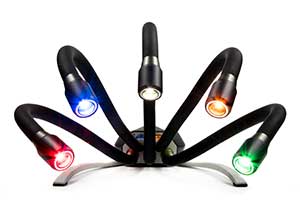




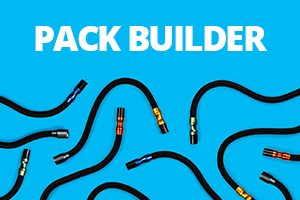



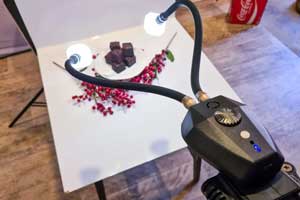
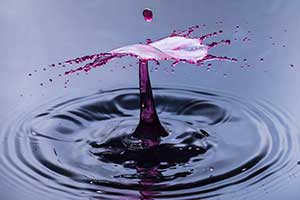


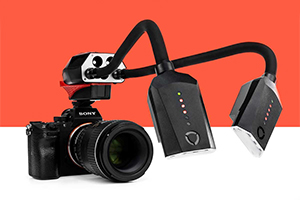
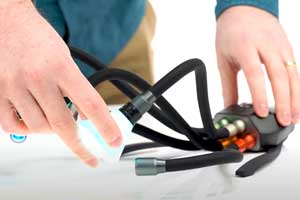







I need more information about
Thanks
How can we help Julian?
Thanks,
Sam
Can you add food coloring to the water inside the valve so that when the water is dropped out, the water color is different? Or will that ruin the valve? Thanks!
Yes that’s a great way to add some extra colour, just make sure you wash out the valve afterwards.